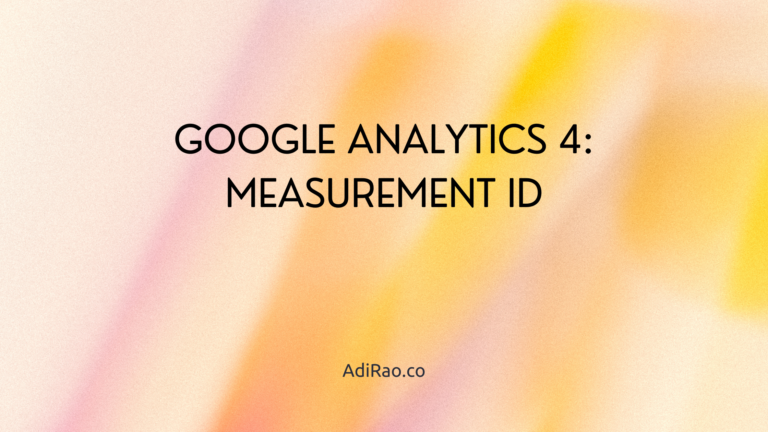In the ever-evolving realm of digital marketing, the accurate analysis of website data is paramount. Two potent tools at this endeavor’s forefront are Google Analytics 4 (GA4) and Google Tag Manager (GTM). Delving into the nuanced differences between these tools is vital to harnessing their combined potential for informed decision-making and enhanced user understanding.
Deciphering Google Analytics 4 (GA4)
At its core, Google Analytics 4 (GA4) is a robust web analytics platform that diligently collects a spectrum of data about your website visitors. This treasure trove encompasses demographics, interests, and behavioral patterns. With this information, GA4 crafts comprehensive reports, effectively becoming a compass for understanding website performance and user engagement.
Introducing Google Tag Manager (GTM)
In parallel, Google Tag Manager (GTM) assumes the role of a tag management system. Gone are the days of intricate code manipulation; GTM revolutionizes the management of tracking codes. It bestows the power to seamlessly incorporate many tracking codes, from clicks to downloads and form submissions, without meddling with the website’s underlying code.
Unveiling the Differences: GA4 vs. GTM
| Feature | Google Analytics 4 (GA4) | Google Tag Manager (GTM) |
| Purpose | Analyzes website data and generates insightful reports | Manages and integrates diverse tracking codes |
| Data Collection | Gathers user demographics, interests, and behavior | Serves as a conduit for sending data to other tools |
| Reporting | Generates reports for strategic decision-making | Enables data flow for reporting tools |
| Implementation | Requires insertion of GA4 tracking code | Eliminates the need for direct code edits |
| Use Cases | Ideal for understanding user behavior and engagement | Aids businesses in efficiently managing tracking codes |
Harmony in Collaboration
While distinct in purpose, GA4 and GTM possess a symbiotic relationship. GA4 excels in data analysis, meticulously processing inputs from diverse sources to craft comprehensive reports. Meanwhile, GTM plays a pivotal role in data collection, activating tracking codes that capture crucial events.
A crucial factor to discern is the concept of events. While both GA4 and GTM employ events, they operate on different levels. GA4 events signify user interactions, unraveling engagement insights. In contrast, GTM events are pivotal in activating tracking codes, elevating the accuracy of data collection.
Elevating GA4 with GTM
In a compelling revelation, GA4 and GTM are seamlessly intertwined. GTM offers the ability to funnel data into Google Analytics, effectively augmenting tracking capabilities. This synergy becomes significantly pronounced when managing many tracking codes, including Facebook Pixel and Google Ads conversion tracking.
The integration process is remarkably intuitive. Data transmission is orchestrated by fashioning a “Google Analytics: GA4 Event” tag within GTM and establishing a defined trigger. The tag is configured to channel data seamlessly into your GA4 property, fostering an environment of refined tracking expertise.
Concluding the Discourse
As we conclude this exploration of the differences between Google Analytics 4 and Google Tag Manager, it’s evident that their combined potential is monumental. GA4 illuminates the landscape of user behavior, while GTM streamlines tracking code management. Understanding these differences equips you to wield both tools effectively, paving the way for astute decisions and unparalleled insights into your digital presence.
TL;DR
Google Analytics 4 (GA4) and Google Tag Manager (GTM) are pillars of website data analysis. GA4 delves into user behavior and generates reports, while GTM facilitates efficient tracking code management. Their collaboration enhances tracking precision and informed decision-making. Seamless integration is possible with GTM funneling data to GA4. Discerning these distinctions gives you the power to navigate the digital landscape with insight and efficacy.




